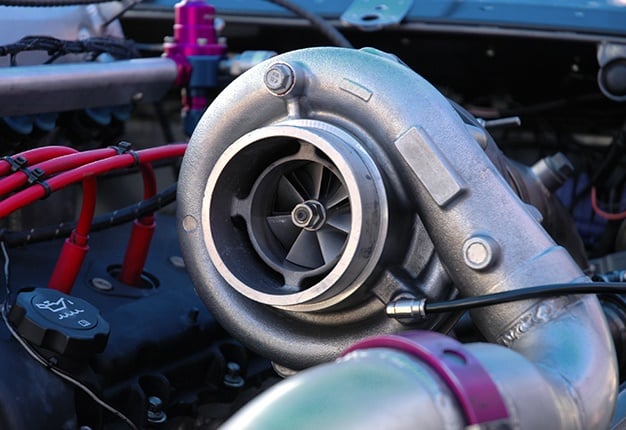
For best results, methodicallyĮxamine the system from end to end and/or pressurize the system (5-10psi) using compressedĪir an appropriate adaptor(s) and a regulator. Inspect the pressurized portion of the intake track for leaks, and remedy it as necessary. Seeps past the turbo's oil seals, and within reason, is completely normal. Of the intake track that is leaking will typically be covered in a jet black oily film.

Boost leaks are typically accompanied by a hissing or whistling noise. Sensor) that sends a signal to the ECU reporting boost will not be able to accurately report on the Hole in this part of the intake track, boost pressure will leak out, and the MAP sensor (boost This portion of the intake is under pressure when the engine is loaded. Some of these procedures may exceed your level of mechanical competency, and should be left to an expert with a strong TDI background.Ī boost leak is a hole in the intake track between the intake manifold and the compressor outlet Having a basic grasp of the systems that control your machine is essential if you want to keep it in top shape and/or modify it. We will now cover the potential causes of this situation. When this occurs, the ECU reduces fueling and requested boost to ensure that the turbo is not damaged. When the ECU cannot control boost pressure, the actual boost deviates from the specified boost. By modulating the amount of vacuum the turbo actuator gets, the ECU is able to control boost pressure. When more vacuum is placed on the actuator, the turbo develops more boost. The follow procedures apply primarily to VW TDI engines with variable nozzle geometry turbos >1998. Here are several potential causes of limp mode on a TDI.


 0 kommentar(er)
0 kommentar(er)
